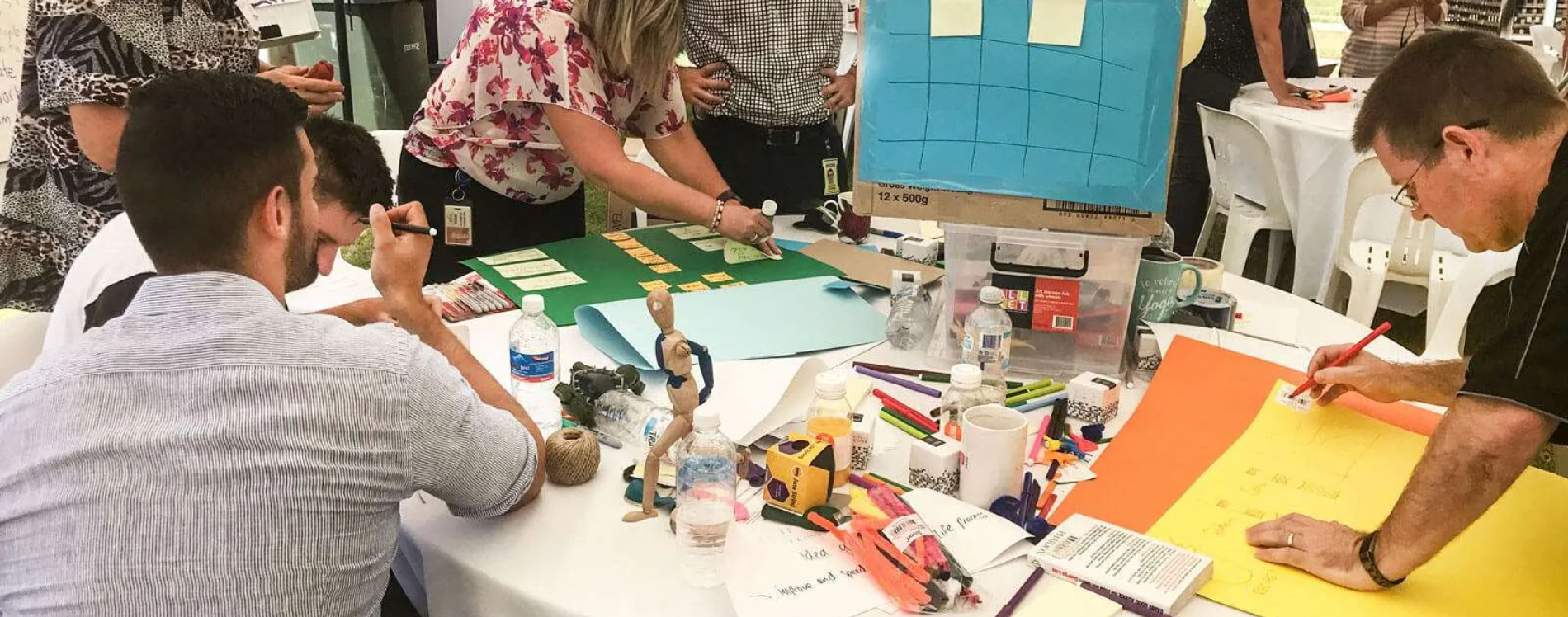In today's fast-paced business environment, organizations must continuously innovate to stay competitive. Design Thinking Workshops offer a structured yet flexible approach to problem-solving, enabling teams to develop creative solutions that are both effective and user-centric.
What is Design Thinking?
Design Thinking is a human-centered methodology that emphasizes empathy, collaboration, and experimentation. It encourages teams to deeply understand the needs and experiences of the people they are designing for, ensuring that solutions are relevant and impactful. This approach integrates what is desirable from a human perspective, technologically feasible, and economically viable.
The Five Core Stages of Design Thinking
A typical Design Thinking process comprises five stages:
1. Empathy
The first stage focuses on understanding the users' experiences, needs, and challenges. Teams engage in activities such as interviews, observations, and research to gather insights that inform the problem-solving process.
2. Define
In this phase, teams analyze the information collected during the empathy stage to define the core problem. A clear and concise problem statement guides the team toward focused and effective solutions.
3. Ideate
Ideation encourages creative thinking and idea generation. Teams brainstorm a wide range of ideas, exploring multiple solutions to the defined problem. The goal is to think broadly and consider various possibilities before narrowing down the options.
4. Prototype
Prototypes transform ideas into tangible forms, such as sketches, mock-ups, or interactive models. Prototyping allows teams to visualize concepts and quickly test how they might function in real-world scenarios.
5. Test
Testing involves gathering feedback from users and stakeholders to evaluate the effectiveness of the prototype. This iterative process helps identify areas for improvement and refinement, ensuring that the final solution meets the users' needs.
Additional Crucial Stages
Beyond the standard five stages, some workshops incorporate additional elements to enhance the Design Thinking process:
1. Dance with Your Ogre
This stage addresses the internal barriers and fears that may hinder creativity and innovation. By acknowledging and confronting these challenges, teams can foster a more open and collaborative environment.
2. Get Your Language Right
Language plays a pivotal role in shaping thoughts and behaviors. Using positive and inclusive language can encourage participation and creativity, while negative language can stifle innovation.
3. Repeat
Design Thinking is an iterative process. Continuous refinement and adaptation are essential to developing solutions that truly address users' needs and challenges.
Benefits of Design Thinking Workshops
Participating in Design Thinking Workshops offers numerous advantages:
-
Enhanced Creativity: Encourages out-of-the-box thinking and innovative problem-solving.
-
User-Centric Solutions: Ensures that solutions are tailored to the actual needs and experiences of users.
-
Improved Collaboration: Fosters teamwork and communication among diverse team members.
-
Rapid Prototyping: Allows for quick development and testing of ideas, leading to faster implementation.
-
Increased Engagement: Engages participants actively, making the problem-solving process more dynamic and enjoyable.
Conclusion
Simon Banks provides a powerful framework for organizations seeking to innovate and solve complex problems. By focusing on empathy, collaboration, and iterative testing, these workshops equip teams with the tools and mindset necessary to create impactful solutions. Embracing this approach can lead to more effective, user-centered outcomes and foster a culture of continuous improvement and innovation.


